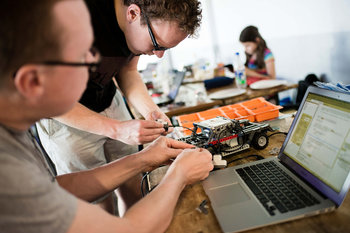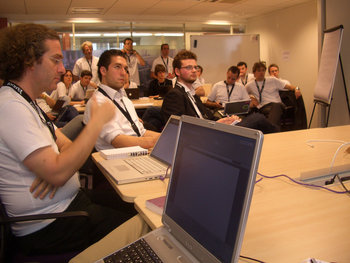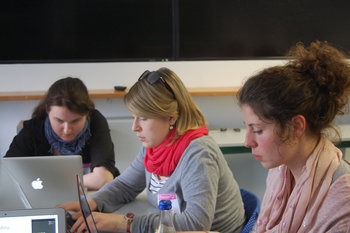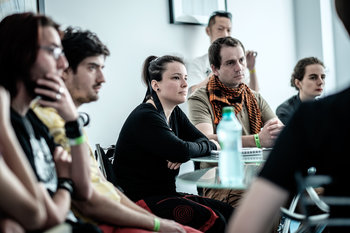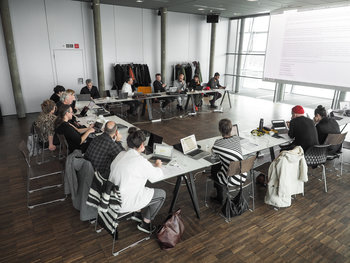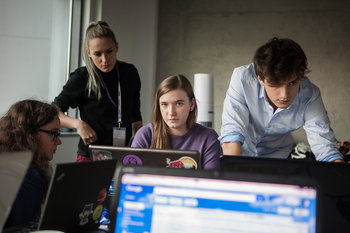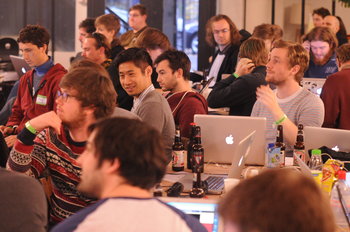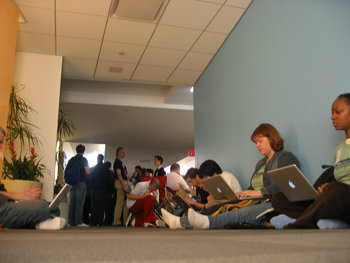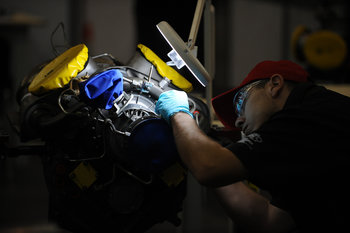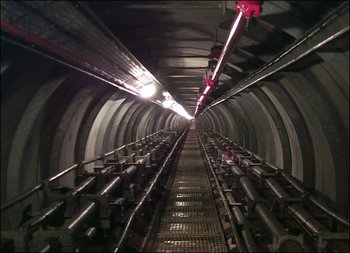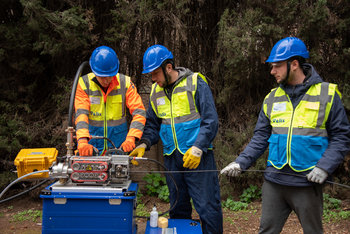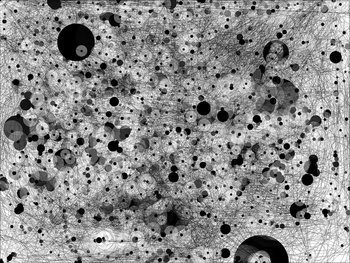
Resource ManagementManages the hardware on a computer or device such as CPU, memory and disk. | Input/OutputManages flow of input and output from devices such as keyboards, mouse and screens. |
File SystemProvides a system for storing, securing and managing files. | User InterfaceProvides a graphical user interface and often a textual interface known as a command prompt. |
Software ManagementManages the installation, update and removal of software. | Application Programming InterfacesProvides libraries that can be used to implement software on the operating system. |
User Account ControlManages security around user accounts and permissions. | Network ServicesProvides network connectivity services for a device. |
Customization SupportSupport for multiple users to login and customize the device. | System SecuritySecurity such as access control, virus protection and network security services. |
Memory ManagementManages the memory on a device to provide memory to software. | Process SchedulingCoordinating resources so that many software processes can appear to run at the same time. |
Device ManagementManaging devices and device drivers. | Peripheral DevicesIntegrating with external devices such as a printer. |
Error HandlingLogging errors and handling errors some reasonably fault tolerant way. | Audio & VideoServices to play audio and video and to make use of related devices such as video cards, screens and speakers. |
Power ManagementManaging low power modes on various devices. | Remote AccessServices that allow a device to be accessed remotely. |
System MonitoringMonitoring system resources and events. | Backup & RestoreProcesses to backup files, software and the operating system itself and restore these things as required. |
Boot ProcessThe process of initializing all hardware, services and software. |



